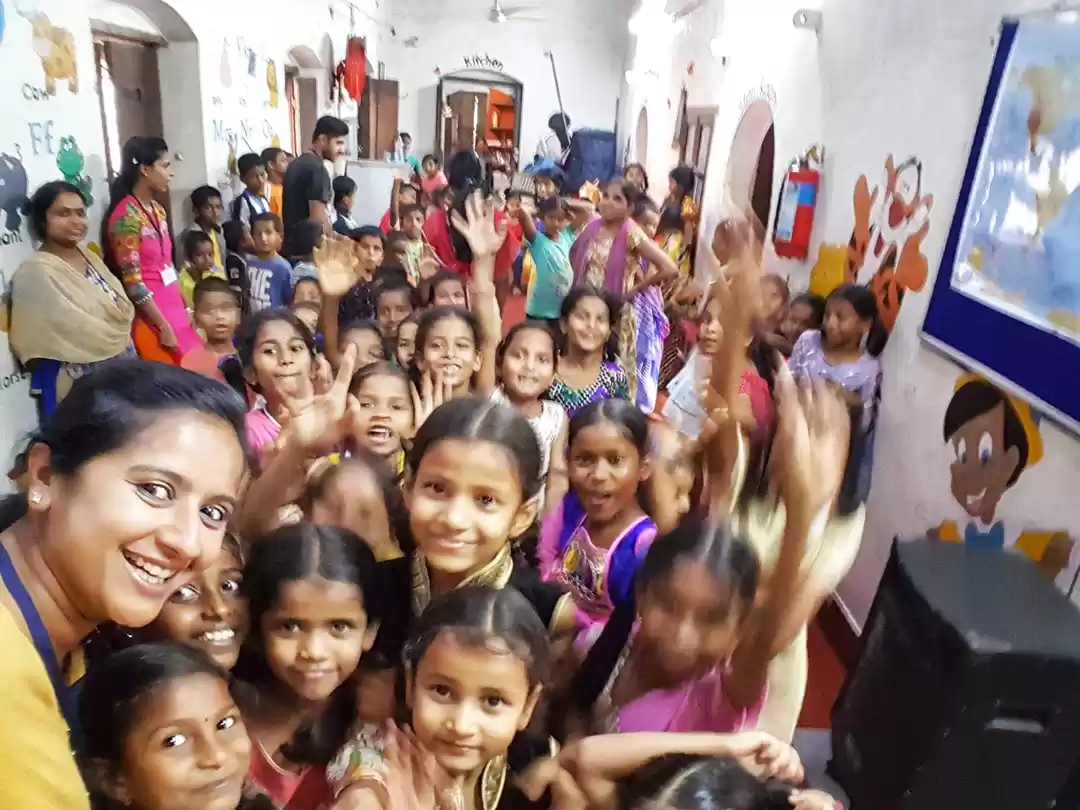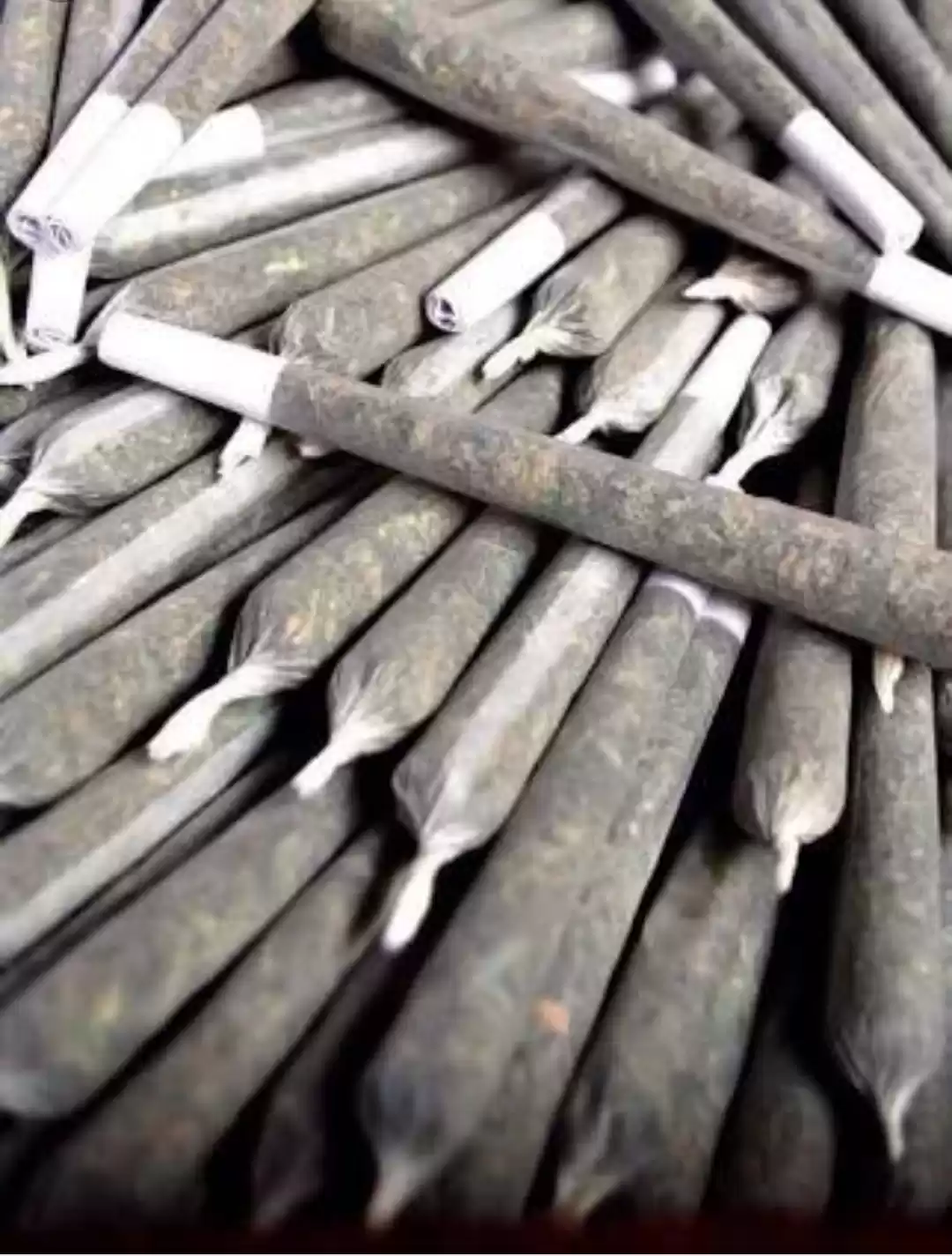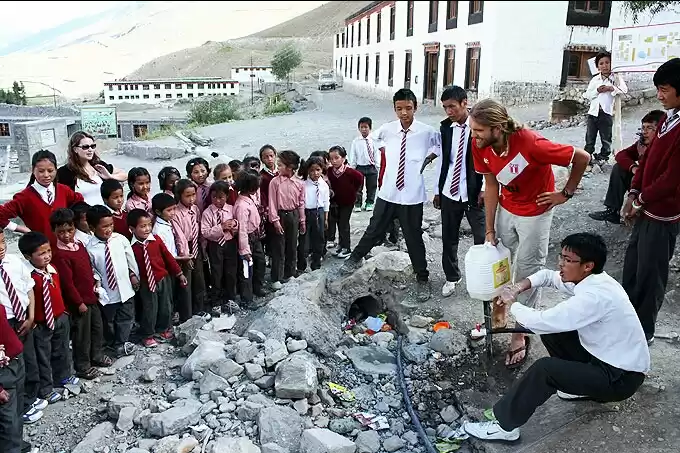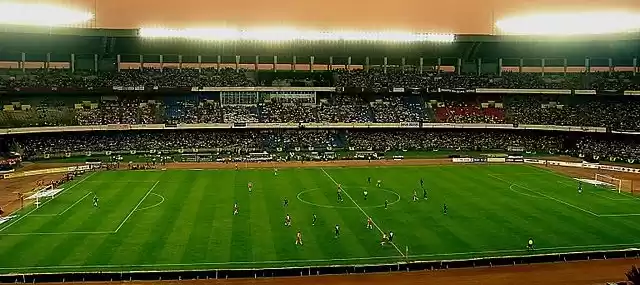The sky was brimming with golden light as the evening began to fall upon stretched out farmlands. All of rural Punjab seemed to have recoiled back from the streets to the comfort of their cozy homes. But the football ground in Aloona Tola was abuzz with a cacophony of kids. Two teams of teenage girls were dodging each other fiercely to score a goal. On the other end, younger boys relentlessly practiced kicking.
Gurpreet Singh, a local in his early thirties welcomed us to this fanfare. Right at the first glance one could see that he was proud of the young football players who he had been training for a while. It was apparent that Aloona Tola was a growing hub of athletes. But then, just as we were about to begin praising the village for its commitment to sports, Gurpreet reminded us that the situation was not the same until a few years ago. The village lacked the basic infrastructure for sports and the youngsters were engaged in drug abuse.
Rural Punjab is known more for its agriculture than tourism. Only a few years back, Aloona Tola used to be another such village, away from limelight. Most of the residents of the village practised farming, and the well-off families were slowly moving out to Canada. The remaining ones had few activities to engage themselves with, after a few hours of farm labour. Drug abuse was slowly taking over the youth of the region which had enough resources for themselves, but no means to kill time.
It is a common misconception that villages have large open spaces and playgrounds for kids. But the truth is that all the land in this part of Punjab is used for agriculture. As the Green Revolution expanded to Punjab, there were barely any playgrounds left.
“In 2014, I started a football academy for the children in the village who could not afford to go to stadiums to play. I had seen my generation suffer from poor health as a result of the inactive life they were leading. I did not want the kids in the village to suffer the same fate. I began thinking of ways that could help them to be active and healthy. The idea of a small football academy was thus materialised,” said Gurpreet Singh.

In order to keep the kids healthy and engaged, Gurpreet started training them at the only playground in the village. He also provided them breakfast and snacks during the training from his own pocket. In a few years, the football teams from Aloona Tola started winning matches against other teams of Punjab.
“In 2017, Aloona Tola’s under-8 team was invited to Bishop Cotton School in Shimla for a match. Our team beat the opponents by 13-0, and this feat brought the village to everyone's notice. People came asking me where we were from, how I trained them and if what I spoke of Aloona Tola was real,” Gurpreet spoke with pride.

As more and more people and organisations came to speak with Gurpreet, he also shed light on the issues of drug addiction and the brain drain that the village was facing. Moved by Gurpreets’s story and his efforts to pull up Aloona Tola from the pits of drug abuse, RoundGlass Foundation, an NGO working in the development sector in Punjab adopted Aloona Tola and came up with a plan to transform it into a model village.

Owing to the exposure that the RoundGlass Foundation brought into the village, soon artists from across the globe came in to engage the youth into arts, sports and healthy living.
As we followed Gurpreet to take a walk around the village, we came across hundreds of walls that were painted to replace drugs with art. They read 'Buy Art Not Afeem' (local drug). Beautiful murals celebrating local culture, festivals and sports filled us with hope.
Gurpreet explained how the exposure helped Aloona Tola transform into an art village. “Many international travellers volunteering across Asia stayed here for months and taught yoga to the residents. A computer lab was also built in the village, that is providing technological accessibility to the poor kids,” he added.

From a village with an obscure future, Aloona Tola has emerged as a hotspot for art and sports. The kids are willing to stay back as it is no longer a dull place. Football continues to be the favourite sport, especially for teenage girls who get an opportunity to explore the world beyond their village, when they travel for tournaments.
Some of the girls have also represented India at international sports events in Europe. They love their village and take pride in it establishing it as a model village for the country.
All of us love to travel to beautiful tourist destinations for relaxation and recreation, but it doesn't happen often that a place leaves you full of inspiration and hope.
If you are also looking for motivation, Aloona Tola awaits with open arms. Do visit this village for its outstanding street art, intriguing people and the enthusiastic kids who will not let you leave unless you join them on the field.

How to reach?
By air: Aloona Tola is at a distance of 40 kms from Ludhiana, the nearest city with flight connectivity, and 80 kms from Chandigarh.
By rail: The nearest major rail head is Khanna at a distance of 25 kms.
By road: Aloona Tola is best accessible by road. Khanna is on the way to Ludhiana from Chandigarh/ Delhi. You can get a local transport from Khanna to Aloona Tola.
Where to stay?
Aloona Tola does not have any hotels. However, the vivacious people of the village are very welcoming and are always ready to host artists and travellers in their homes. Some of them even have dedicated guest houses for the visitors with good facilities.
If you are looking for hotels, you may choose to stay in Khanna which has a number of options.



























